From Runways to Redevelopments: The Brief History of Denver’s First Airport
Long before Denver International Airport became one of the busiest aviation hubs in the world, the city’s air traffic was guided through a very different location, a massive airfield just seven miles from downtown. Operating for more than six decades, Stapleton International Airport served as the region’s primary aviation center and played a defining role in Denver’s urban and economic growth throughout the 20th century. While the site has since been transformed into the Central Park neighborhood, the legacy of Stapleton remains deeply embedded in the city’s development history.
Sourced from Denver Public Library Archive
Origins: From Municipal Airfield to National Hub
The airport first opened in 1929 as Denver Municipal Airport, located on open land northeast of the city center. At the time, commercial aviation was still in its early stages, and the facility consisted of just two hangars and a single terminal. Within a few years, it became clear that air travel would grow rapidly, and the city began investing in the airport’s expansion.
By the 1940s, it was renamed Stapleton Airfield after Denver Mayor Benjamin F. Stapleton, who had championed the airport’s early growth. It soon evolved into a critical node for both passenger and mail services in the Western United States.
As commercial airlines expanded their fleets and added new routes, Stapleton followed suit, adding runways, terminal space, and concourses to meet the rising demand. By the 1960s, the airport had achieved international status, officially becoming Stapleton International Airport, with carriers like Continental and United operating large-scale hubs out of the facility.
Photo Sourced from USGS
Peak Years: A Regional Powerhouse
By the late 1980s, Stapleton was one of the busiest airports in the country. The airport spanned 4,700 acres and featured:
Six runways
Five passenger concourses
A growing network of domestic and international flights
Over 30 million annual passengers by the early 1990s
The airport’s proximity to downtown was considered a major asset, especially as Denver developed into a more prominent regional and national destination. However, this proximity would also contribute to its eventual demise.
Photo: Circa 1993
Why Stapleton Closed: Limitations and Relocation
Despite its success, Stapleton was increasingly strained by its urban location. Its runways were relatively short and closely spaced, creating challenges for larger aircraft and limiting the airport’s ability to expand safely. The surrounding residential neighborhoods, which had grown significantly over the decades, brought frequent noise complaints and political pressure for change.
In the early 1980s, federal aviation officials and local leaders began exploring alternatives. After years of studies and debate, Denver voters approved plans for a new airport in 1989. Located roughly 25 miles northeast of downtown, the site offered room for growth, longer runways, and modern facilities.
Denver International Airport (DIA) officially opened in 1995, and all flight operations transferred over. That same year, Stapleton International Airport was permanently closed and decommissioned.
Sourced from Denver Department of Aviation
The Aftermath: Redeveloping 4,700 Acres
Once air traffic was gone, the city faced repurposing one of the largest decommissioned airport sites in the country. What followed was a multi-decade redevelopment process that would reshape the entire northeast quadrant of Denver. Stapleton’s runways, terminals, and other infrastructure were gradually removed, and the site was reimagined into what is now known as Central Park. The area has become one of Denver’s largest residential areas, offering:
Thousands of homes and apartment units
Dozens of parks and trails
Schools, libraries, and public amenities
Local retail and office developments
RTD commuter rail access via the Central Park Station
What Remains: The Control Tower and FlyteCo Tower
While most of the original airport structures were removed during redevelopment, one prominent piece of infrastructure still stands: the 164-foot air traffic control tower. For many years after Stapleton’s closure, the tower remained vacant, a relic of Denver’s aviation past, surrounded by newly built neighborhoods. In recent years, however, the tower was given a new lease on life.
It now houses FlyteCo Tower, a brewery and taproom that celebrates the site’s aviation history. The interior features aviation-themed décor, flight route maps, and even access to the top of the tower, where guests can enjoy panoramic views of the city and mountains. The space also includes community seating, local events, and ties to Denver’s evolving brewery scene.
FlyteCo’s adaptive reuse of the tower has helped preserve a piece of the city’s infrastructure history while giving it a modern, community-focused purpose.
Legacy and Continued Growth
The story of Stapleton is more than just the story of a defunct airport, it reflects Denver’s ongoing pattern of growth, adaptation, and reinvention. What was once one of the busiest airfields in the country has been transformed into a model for mixed-use urban development, while still preserving key landmarks that speak to the city’s past. As Central Park continues to grow and change, the memory of Stapleton lives on; not just in old photos or flight paths, but in the very layout, infrastructure, and community fabric of the neighborhood itself.
All project information was sourced from publicly available site plans, renderings, and permitting documents.
See more behind the build on Denver’s greatest construction projects
Get a deeper dive on the who, what, when and why behind the city’s greatest construction projects with our premium member content.
Interested in sponsorship? Learn more about our sponsors and how to get involved.
All project information was sourced from publicly available site plans, renderings, and permitting documents.

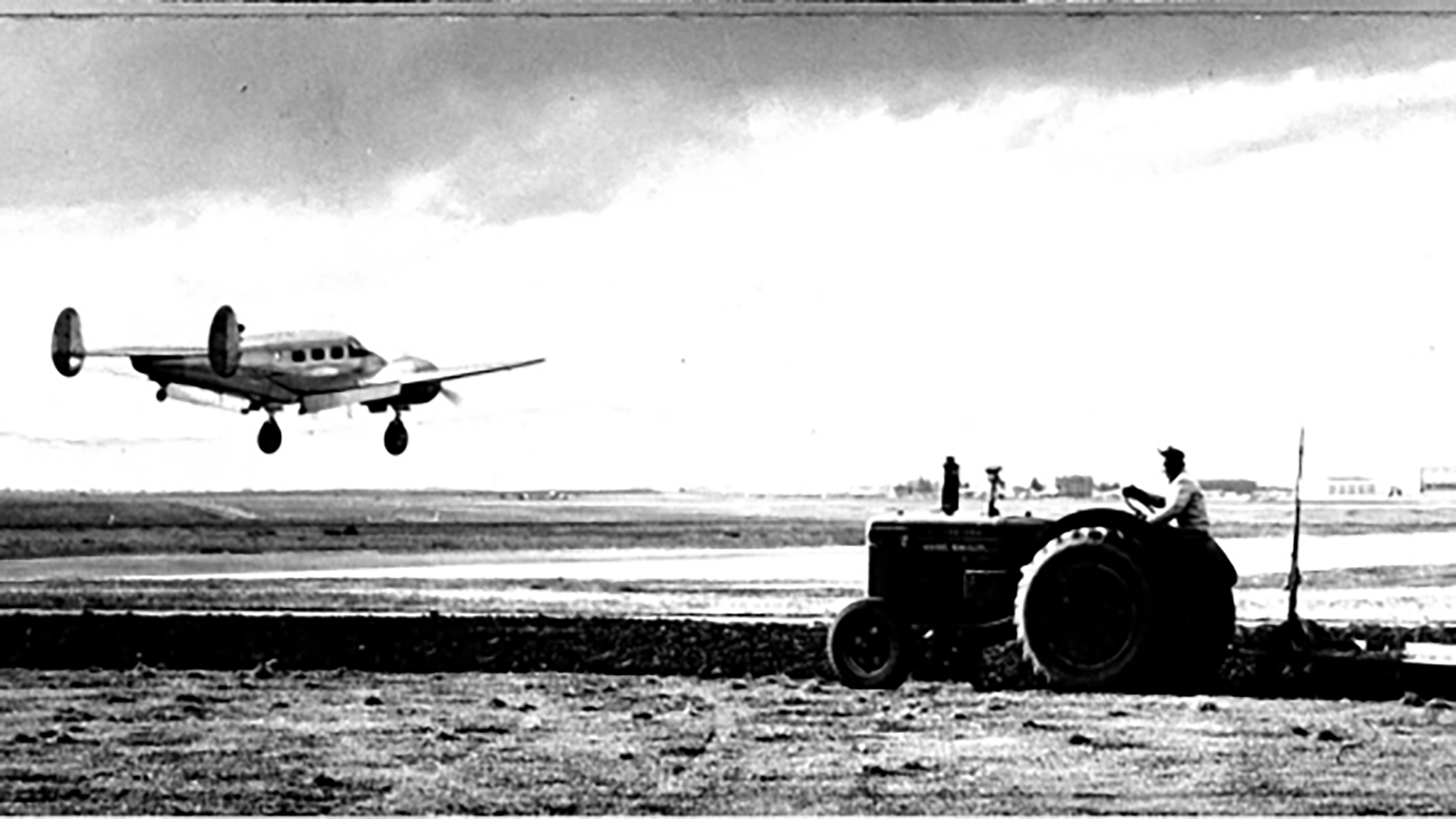

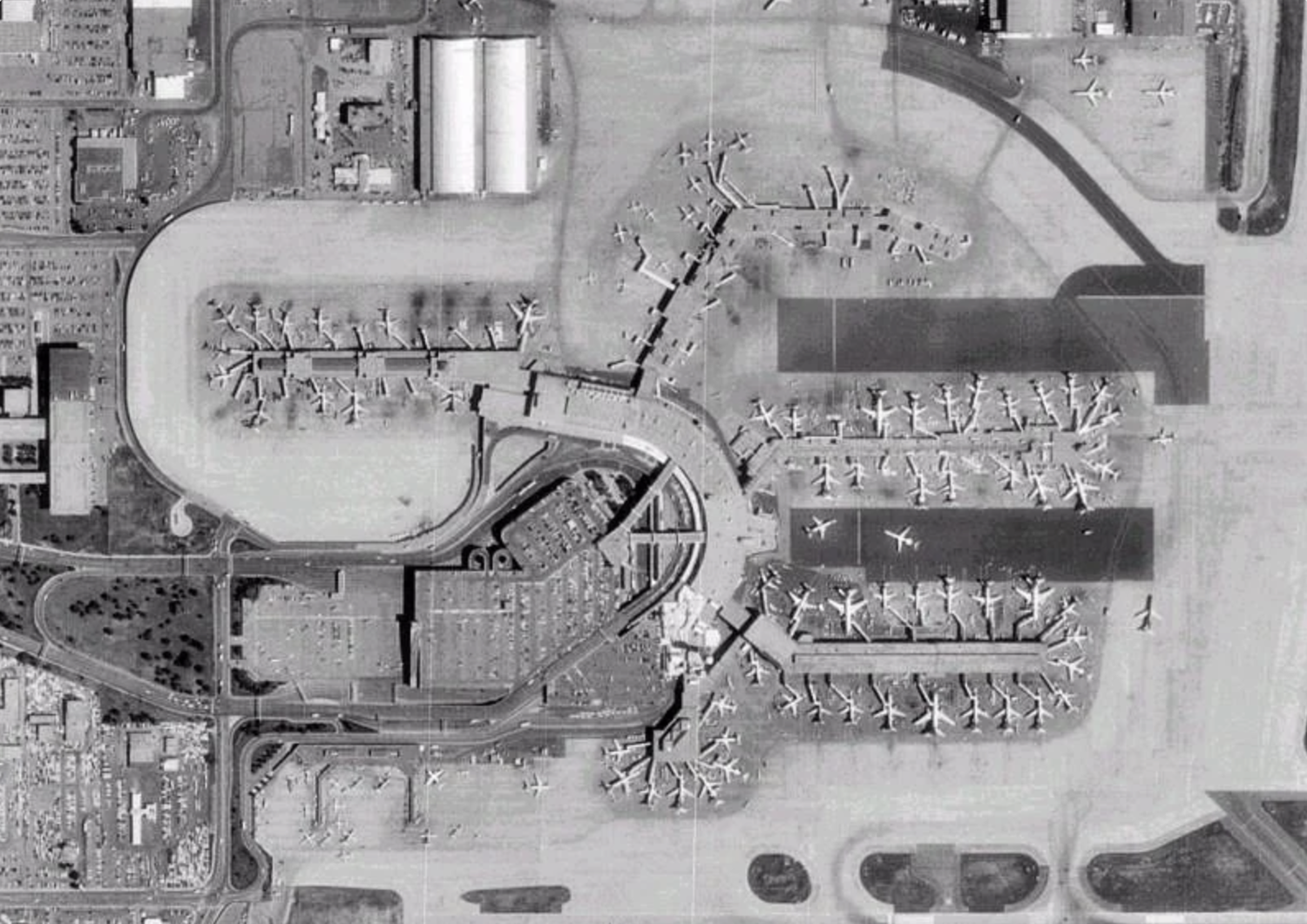
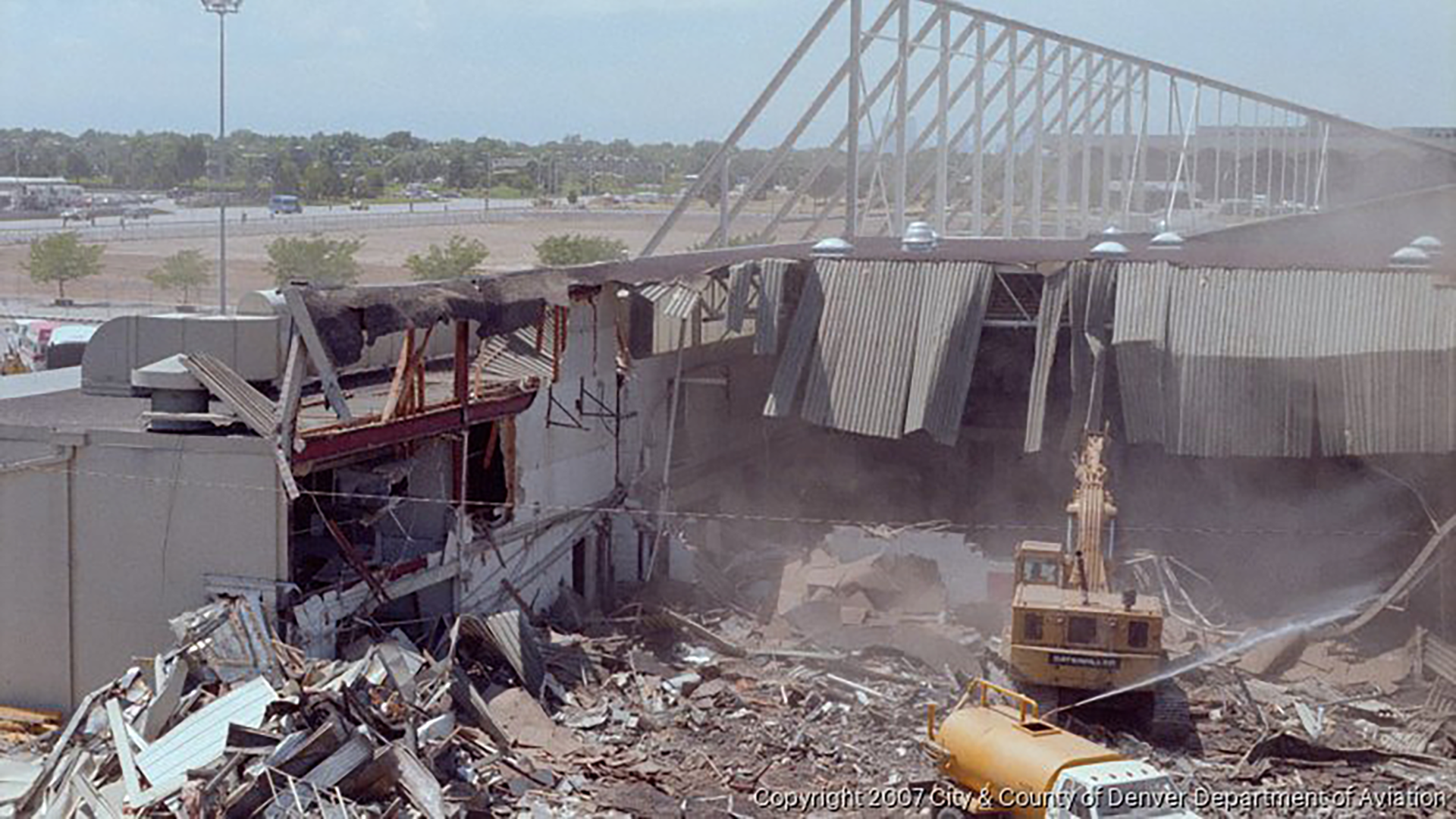
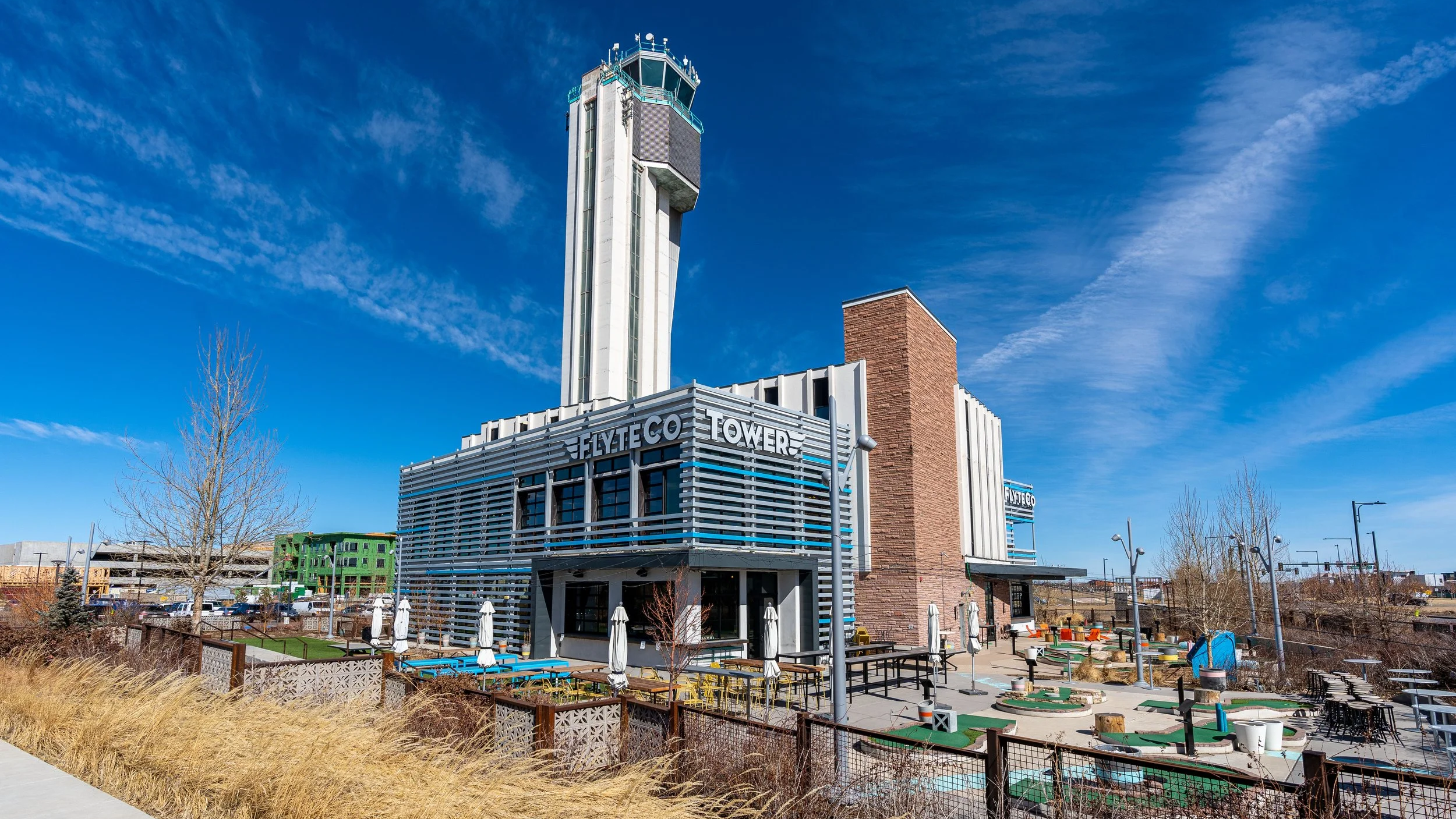

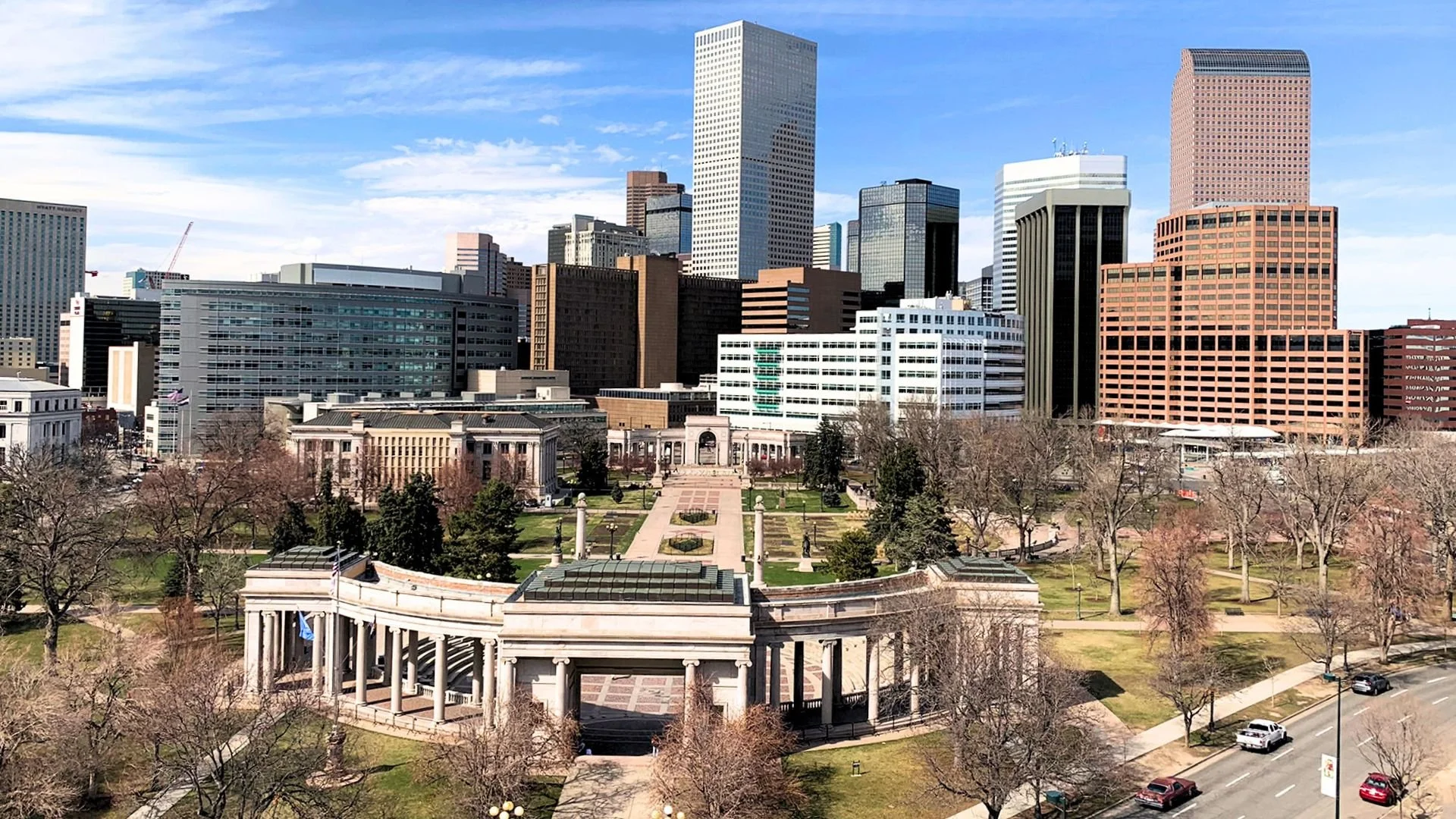
3 minute read • A new adaptive reuse project is planned for 3500 West 23rd Avenue in Sloan’s Lake, where an existing one story auto shop would be transformed into a neighborhood beer garden with a self pour beverage wall, food vendor space, and expanded outdoor seating